A Tribute to An Ancient Tradition
Padró i Familia, SL is owned and operated by the 5th generation of the Padró family. The family has been producing vermouth in Spain dating back to 1886 in the village of Brafim, Tarragona.
Through the popularity waves of vermouth, Padró has managed to survive by producing their own wine. Today, they have around 100 acres of 25 year old vines.
Historically the vermouth was delivered in barrels until recently when the first of their bottled brands was born. Their premium line, Padró & Co., launched in 2016, is a fusion of herbs, spices and flowers together with their wine to create an intense and unique experience.
Base Wine Details
Macabeo
- One of the 3 white grapes commonly used for Cava; also known as a white rioja
- Good structure for aging; neutral profile which doesn’t interfere with the bitter herbs
- Widely grown throughout Spain
Xarel-lo
- Known as the backbone of Cava, native to Catalonia
- Considered the most aromatic of the Cava varietals
Mistela
- A specific category of fortified wines that has the particularity of being produced from non-fermented grape juice in which alcohol is added, while for most fortified wines the fortification happens during or after fermentation
- Common ingredient for fortified wines such as Sherry, Vermouth, and Marsala
The Role of Barrels
Barrels, which have been used in transporting wine for decades, are a key component to the Padró Vermouth. Having roughly 30-80 years of use, the type of oak is no longer significant in brining tannins to the final product, rather the essence of these used barrels gives the vermouth unique character.
Sol Y Serena
“in the elements”
A style of aging wine outside, enduring all weather elements. Macabeo and Xarel-lo base wines are aged in this style.
Vermouth Flight
Recommended Tasting Order
The name ‘vermouth’ is the French pronunciation of the German word ‘wermut’ for wormwood. In Spain, vermouth must contain wormwood by Spanish Law, along with the vermouth being comprised of 75% wine, minimum.
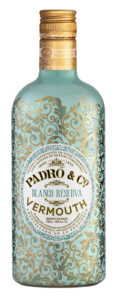
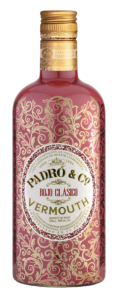
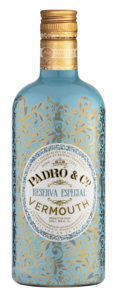
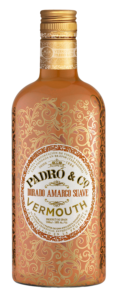
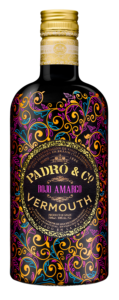
The red vermouths get their color in part from the spices added to the signature herb extract, and in part due to the barrels they rest in which previously carried red wine.
There is a bit of caramel color as well, which comes as a bitter extract from grape skins. This is used to achieve the desired red color as well as add a bit of bitterness.



